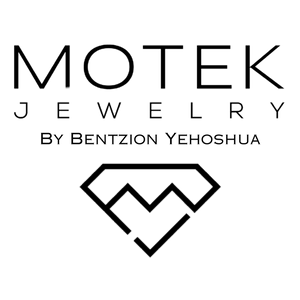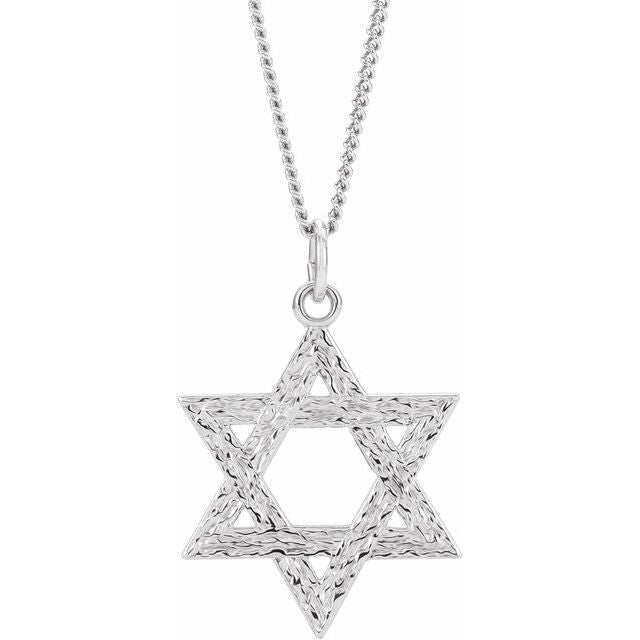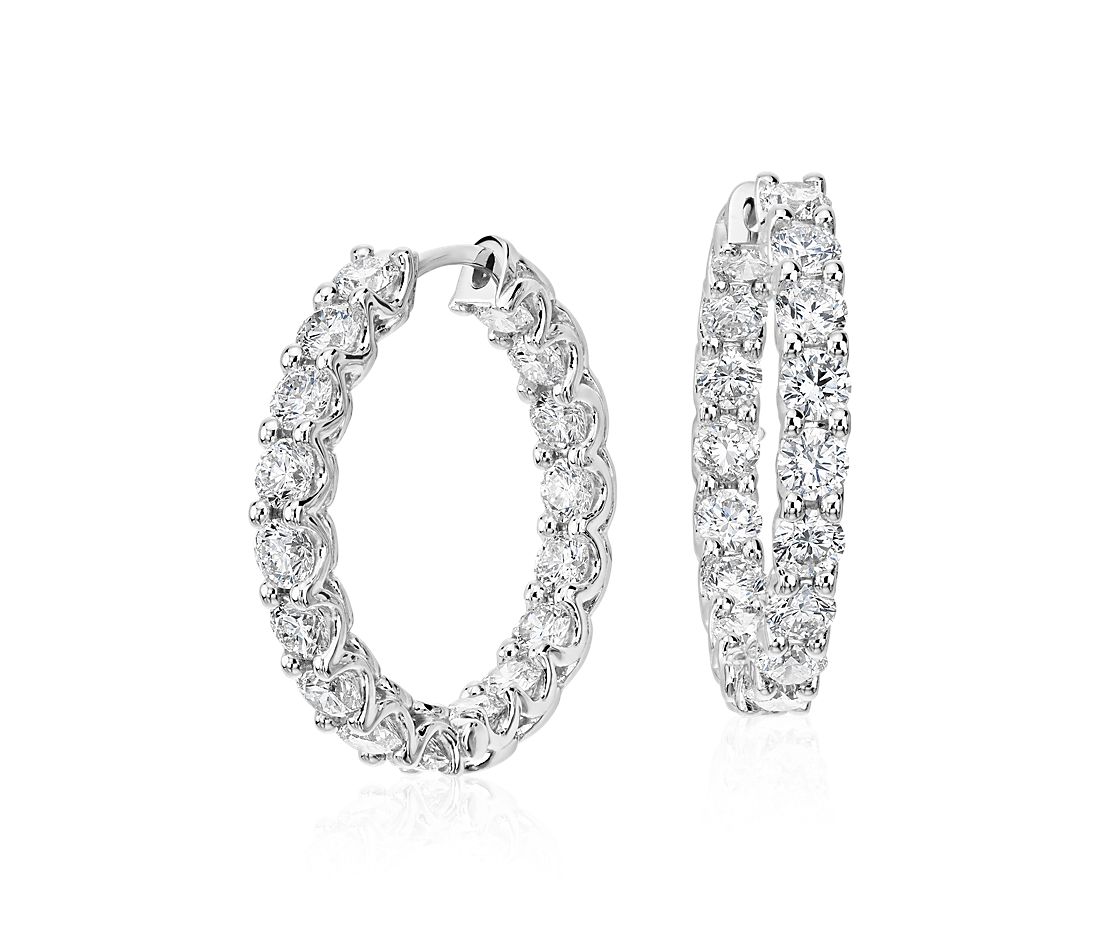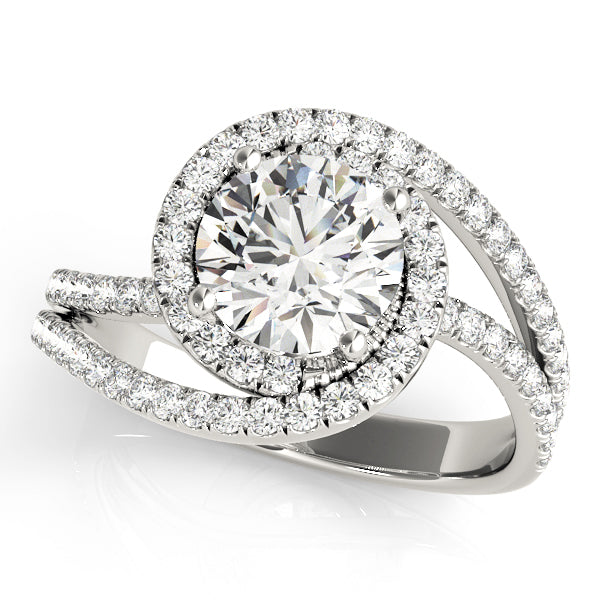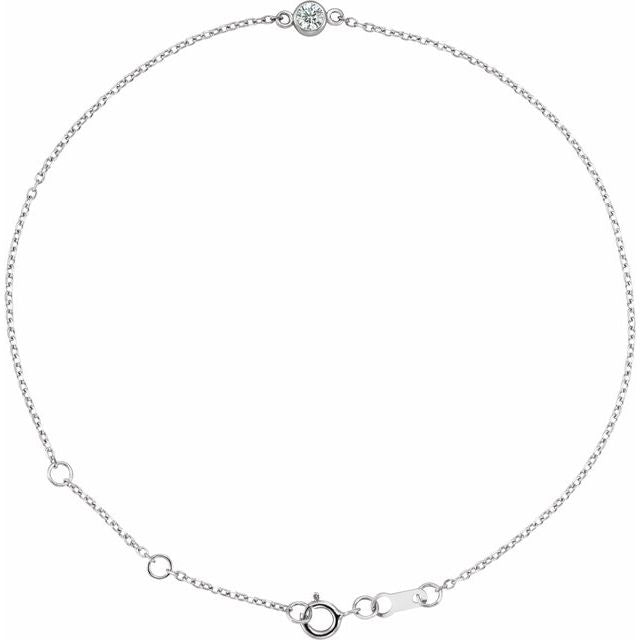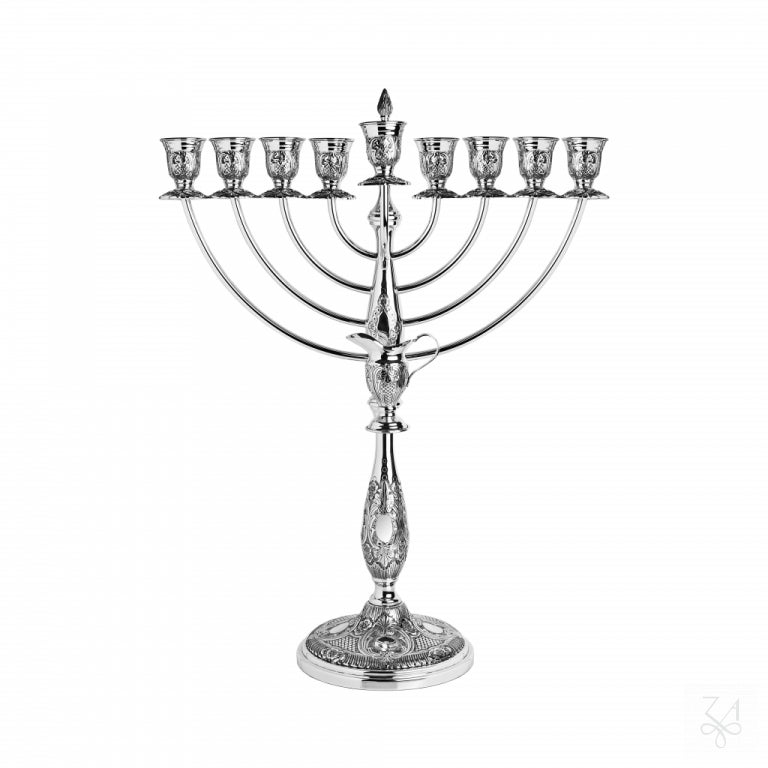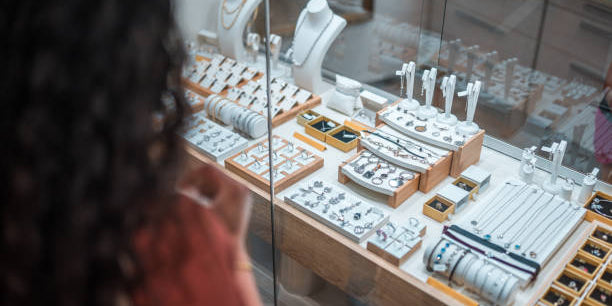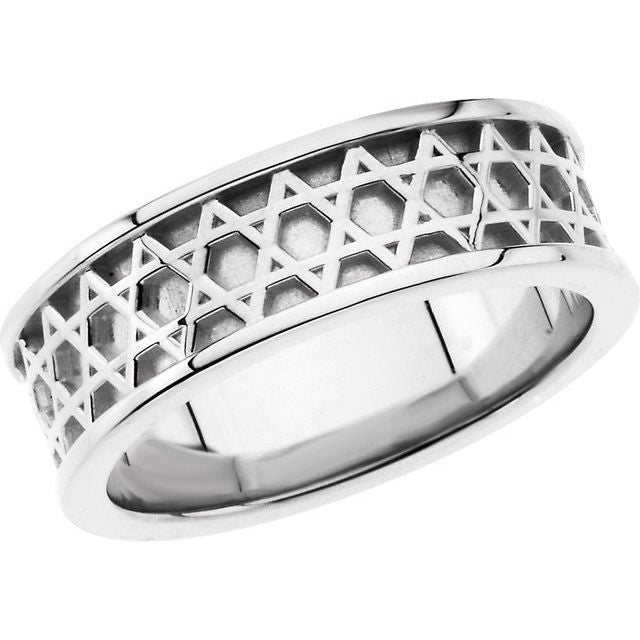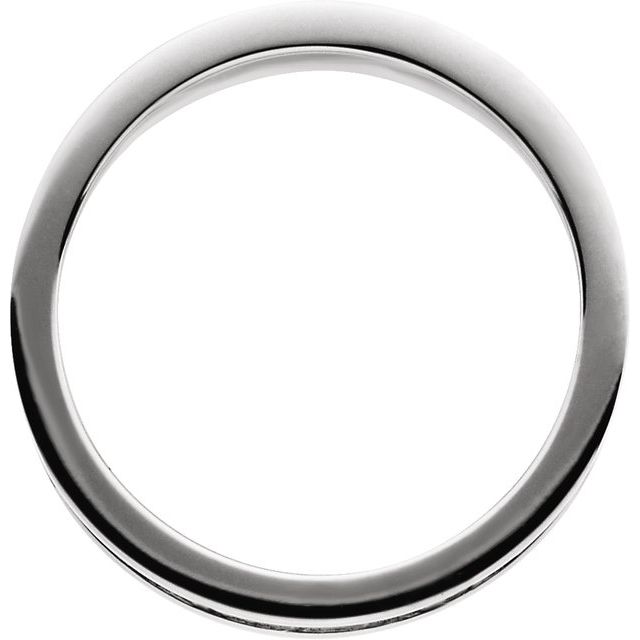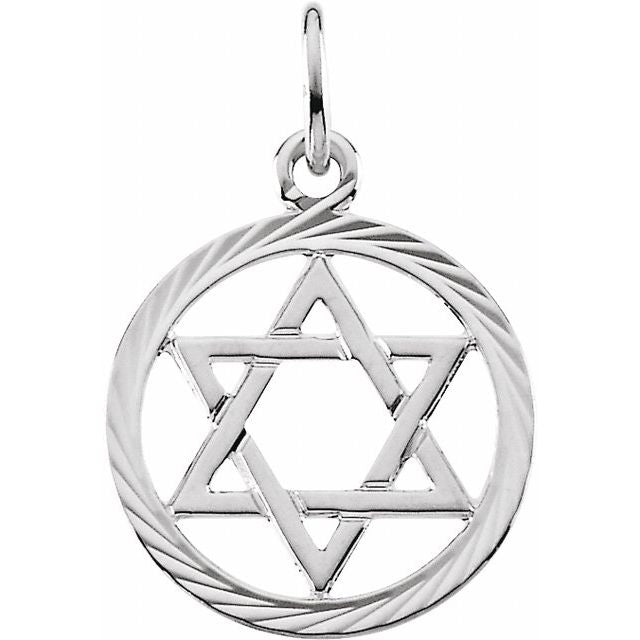Introduction
Jewelry holds more than just monetary value—it carries memories, marks milestones, and expresses personal style. According to industry research, the average American owns approximately $6,400 worth of jewelry, yet many neglect proper maintenance that could extend its lifespan significantly. In fact, a recent survey by the Jewelry Consumer Opinion Council found that over 70% of jewelry owners have at least one piece needing repair sitting unworn in their collection.
This comprehensive guide will explore professional and DIY techniques to maintain, repair, and preserve your precious jewelry for generations to come. Whether you're dealing with tarnished silver, loose stones, broken clasps, or simply want to prevent future damage, these expert tips will help you maximize the lifespan and beauty of your jewelry collection.
Table of Contents
Understanding Jewelry Wear and Tear
Jewelry damage doesn't happen overnight. According to the International Gemological Institute, the most common causes of jewelry deterioration include:
-
Regular wear: Daily friction against clothing, surfaces, and other jewelry pieces
-
Chemical exposure: Contact with perfumes, lotions, cleaning products, and even natural skin oils
-
Environmental factors: Humidity, temperature fluctuations, and sun exposure
-
Improper storage: Tangling, scratching, and pressure damage
-
Impact damage: Dropping, knocking, or compressing delicate components
A 2023 study published in the Journal of Jewelry Sciences revealed that proper maintenance could extend fine jewelry's aesthetic lifespan by up to 60%, while neglect can reduce it by half. Understanding these risk factors is the first step toward implementing effective preservation strategies.
Prevention: Daily Habits That Protect Your Jewelry
The "Last On, First Off" Rule
Jewelry professionals universally recommend putting your jewelry on after applying cosmetics, perfumes, and hairsprays, and removing it before showering, swimming, cleaning, or exercising. This simple habit alone can prevent up to 40% of common damage, according to the Gemological Institute of America.
Proper Storage Solutions
Invest in these storage options to prevent damage:
-
Individual fabric pouches for rings and earrings to prevent scratching
-
Necklace hangers or flat storage to prevent chain tangling
-
Anti-tarnish strips in storage containers (replace every 6 months)
-
Humidity-controlled storage for pearls and opals
-
Soft-lined jewelry boxes with separate compartments
According to a jewelry industry report, proper storage alone can extend a piece's aesthetic lifespan by 15-20%.
Regular Cleaning Routines
Implement these cleaning schedules:
-
Weekly: Quick wipe-down with a jewelry cloth
-
Monthly: Gentle cleaning with appropriate solutions
-
Bi-annually: Professional deep cleaning and inspection
-
Seasonally: Rotation of frequently worn pieces to distribute wear
Common Jewelry Problems and DIY Solutions
Tarnished Silver
Silver jewelry naturally oxidizes when exposed to air, creating a dark patina. According to the Silver Institute, this process accelerates in environments with high humidity or sulfur content.
DIY Solution:
-
Line a bowl with aluminum foil, shiny side up
-
Add 1 tablespoon baking soda and 1 tablespoon salt
-
Pour in enough hot water to cover the jewelry
-
Place silver pieces on the foil, ensuring they contact it
-
Let sit for 5-10 minutes as the chemical reaction transfers tarnish to the foil
-
Rinse thoroughly and dry with a soft cloth
Professional Alternative: Jewelers use specialized silver dips and ultrasonic cleaning, which removes tarnish without scratching delicate surfaces. The American Jewelry Council notes that professional cleaning preserves detailed engravings better than DIY methods.
Loose Stones
The International Gemological Institute reports that prong failure is responsible for approximately 28% of lost gemstones. Regular inspection is critical.
DIY Check:
-
Gently tap the stone against your palm to detect movement
-
Check under magnification for bent, worn, or broken prongs
-
Look for gaps between the stone and setting
DIY Temporary Fix (for emergency use only):
-
Apply a tiny amount of clear nail polish to secure the stone temporarily
-
Avoid wearing until professionally repaired
Professional Solution: A jeweler can tighten prongs, rebuild worn ones, or reposition the stone properly. This service typically costs $45-$150 depending on complexity but saves thousands in potential stone replacement.
Broken Chains
Chain links are among the most frequently damaged jewelry components, with statistics showing they account for nearly 35% of all jewelry repairs.
DIY Assessment:
-
Identify if links are merely bent or actually broken
-
Determine if the chain has stretched, weakening connection points
Professional Solution: While DIY chain repair kits exist, success rates are low for fine jewelry. Professional jewelers can:
-
Laser weld broken links without heat damage to surrounding areas
-
Replace compromised sections while maintaining pattern consistency
-
Reinforce vulnerable areas to prevent future breakage
When to Seek Professional Jewelry Repair
According to the Jewelers of America organization, certain repairs should never be attempted at home:
Ring Resizing
Professional jewelers consider multiple factors when resizing rings:
-
Metal type and thickness
-
Presence of stones and how they're set
-
Pattern continuity
-
Structural integrity
A professional resize costs $45-$200 but preserves the ring's integrity and warranty. DIY resizing attempts are cited as the cause of approximately 15% of catastrophic ring failures.
Stone Replacement
When you lose a stone, professional jewelers:
-
Evaluate the setting condition
-
Source a matching replacement (color, clarity, cut)
-
Secure it properly without damaging surrounding areas
-
Reinforce the setting to prevent recurrence
Clasp Repair or Replacement
Clasps are mechanical components that require precision work. The Jewelry Industry Research Institute reports that professional clasp replacement extends a necklace's functional lifespan by an average of 8-10 years.
Specialized Care for Different Jewelry Materials
Gold Jewelry
Gold never tarnishes but can scratch and dent. According to the World Gold Council:
-
24K gold is 99.9% pure but too soft for most jewelry
-
18K gold (75% pure) balances quality with durability
-
14K gold (58.3% pure) offers better scratch resistance but less luster
Maintenance Tips:
-
Clean with mild soap and warm water
-
Avoid chlorinated pools and hot tubs (chlorine weakens gold alloys)
-
Polish with a gold-specific jewelry cloth monthly
-
Store separately to prevent scratching
Silver Jewelry
Sterling silver (92.5% silver with 7.5% copper) requires specific care:
Maintenance Tips:
-
Store with anti-tarnish strips or in tarnish-resistant bags
-
Clean regularly with silver polishing cloths
-
Apply a tarnish-resistant coating every 6-12 months
-
Remove before swimming in chlorinated water
According to the Silver Institute, proper care can reduce tarnishing by up to 70%.
Platinum Jewelry
Platinum is extremely durable but develops a unique patina over time that some owners prize. Studies show:
Maintenance Tips:
-
Professional cleaning twice yearly to restore bright finish if desired
-
Avoid abrasive cleaners that can scratch the surface
-
Can be worn during most activities due to its durability
-
Regular inspection for prong integrity
Gemstone-Specific Care
Different gemstones require tailored approaches:
Diamonds:
-
Mohs hardness of 10 makes them scratch-resistant but not chip-proof
-
Clean with mild detergent, soft brush, and warm water
-
Ultrasonic cleaners are generally safe for unmounted diamonds
-
Regular prong checks essential (28% of insurance claims involve lost diamonds)
Pearls:
-
Extremely vulnerable to chemicals and abrasion
-
Wipe with damp soft cloth after wearing
-
Restring every 1-2 years if worn regularly
-
Never use ultrasonic or steam cleaners
Emeralds:
-
Often treated with oils that can deplete over time
-
Clean only with soft, damp cloth
-
Avoid ultrasonic cleaners and harsh chemicals
-
Professional re-oiling every few years maintains appearance
The Economics of Jewelry Repair vs. Replacement
Cost Analysis
According to data from the Jewelry Insurance Standards Organization:
-
The average piece of fine jewelry costs $1,200-$3,000
-
Typical repairs range from $50-$500
-
Preventative maintenance averages $75-$150 annually
-
Well-maintained pieces retain 65-85% of their value over 20 years
-
Neglected pieces lose 40-60% of value within 5-10 years
A comprehensive analysis by the Gemological Institute of America found that for pieces valued over $500, repair is economically advantageous over replacement in 86% of cases. For heirloom pieces with sentimental value, professional restoration often preserves both monetary and emotional worth.
Investment Perspective
Fine jewelry often appreciates rather than depreciates when properly maintained. A 20-year analysis of jewelry auction data revealed:
-
Well-maintained vintage pieces appreciated 8-12% annually
-
Branded pieces with original documentation appreciated 15-20% annually
-
Pieces with visible repair history sold for 30-45% less than comparable undamaged pieces
This data underscores the financial wisdom of proper maintenance and prompt, professional repair.
Modern Technology in Jewelry Restoration
Laser Welding
Traditional jewelry repair often involved soldering, which requires heat that can damage nearby components or alter metal colors. Modern laser welding:
-
Focuses heat precisely on the repair area
-
Creates stronger bonds than traditional solder
-
Allows repairs previously considered impossible
-
Preserves surrounding stones and materials
According to the Jewelry Technology Forum, laser welding has revolutionized repair capabilities, making 93% of previously "irreparable" pieces salvageable.
3D Scanning and Printing
For pieces missing components:
-
3D scanning creates precise digital models of existing parts
-
CAD software designs perfect matches
-
3D printing creates wax models for casting
-
Result: replacement parts with perfect dimensional accuracy
Electroforming
This technique allows restorers to:
-
Build up worn areas of metal
-
Recreate missing fine details
-
Reinforce structurally compromised areas
-
Preserve original design elements
Sustainable Practices in Jewelry Maintenance
Ethical Considerations
The modern consumer increasingly values sustainability in all purchases, including jewelry care:
-
Repair extends usable life, reducing resource consumption
-
Professional cleaning uses less chemicals than repeated DIY attempts
-
Restoration preserves cultural and historical artifacts
-
Proper care reduces the environmental impact of replacement production
Recycling and Upcycling
When repair isn't viable, ethical jewelers offer:
-
Metal recycling (gold and platinum are infinitely recyclable)
-
Stone recovery and repurposing
-
Redesign services that transform damaged pieces into new creations
A 2023 sustainability report found that recycling damaged jewelry reduces the carbon footprint by 95% compared to mining and manufacturing new pieces.
Insurance and Documentation for Valuable Pieces
Documentation Best Practices
The Insurance Information Institute recommends:
-
Professional appraisals every 3-5 years
-
Detailed photographs from multiple angles
-
Records of all repairs and modifications
-
Certificates for significant gemstones
-
Receipts for purchase and service
According to insurance data, properly documented jewelry claims are settled 40% faster and with 30% higher average payouts than undocumented claims.
Insurance Options
Beyond homeowner's insurance:
-
Specialized jewelry insurance policies
-
Rider policies for high-value pieces
-
Policies that cover mysterious disappearance
-
Coverage for damage as well as loss or theft
A study by the Jewelry Consumer Opinion Council found that only 7% of jewelry owners have adequate insurance, leaving most vulnerable to significant financial loss.
Conclusion: Preserving Your Jewelry's Legacy
Jewelry often carries value beyond its material worth. Family heirlooms connect generations, and personal pieces mark life's milestones. The American Estate Jewelry Association notes that properly maintained jewelry can retain its beauty and structure for centuries, making repair and maintenance not just financially prudent but emotionally valuable as well.
By implementing the preventative measures, recognizing when professional help is needed, and understanding the specific needs of different materials, you can ensure your jewelry remains beautiful and functional for generations to come. The investment in proper care typically represents less than 2% of a piece's value annually while preserving 100% of its beauty and sentiment.
Whether you're protecting new purchases or preserving family treasures, professional jewelry repair and maintenance transforms perishable accessories into lasting legacies.
